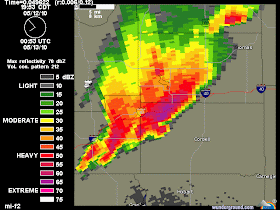
When a SEVERE THUNDERSTORM WARNING is issued, large hail may pelt you, your home, your pets, and your property. Although the typical size of hail in Georgia is approximately one to two inches in diameter, it is not difficult to imagine the damage or injuries which can be caused by hail when you consider that hail may fall at speeds greater than 100 mph. The stronger the updraft associated with a thunderstorm the larger the hail associated with the storm will be. These water droplets collide with other droplets just before freezing, which is why some hailstones can grow to several inches in diameter. Severe thunderstorms can, and do, occur at anytime of the day or night as well as any month of the year.Īs a thunderstorm grows, updrafts will push water droplets into a region of the atmosphere which is below the freezing temperature. A secondary peak may occur during the months of September and October, but not always. Georgia's peak severe thunderstorm season is March, April and May. When a thunderstorm reaches "severe" limits, it has intensified to the point that it will produce wind gusts of at least 58 mph and/or hail 1 inch in diameter (about the size of a quarter) or larger. However, despite their small size, all thunderstorms are potentially dangerous. The typical thunderstorm is about 15 miles in diameter and generally lasts about 30 minutes.



Compared to hurricanes or winter storms, a thunderstorm is relatively small.


 0 kommentar(er)
0 kommentar(er)
